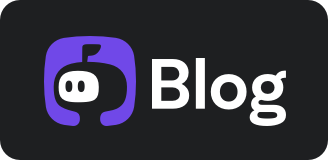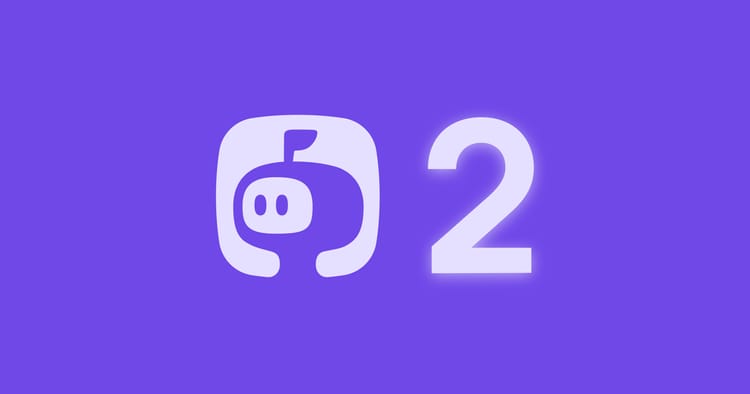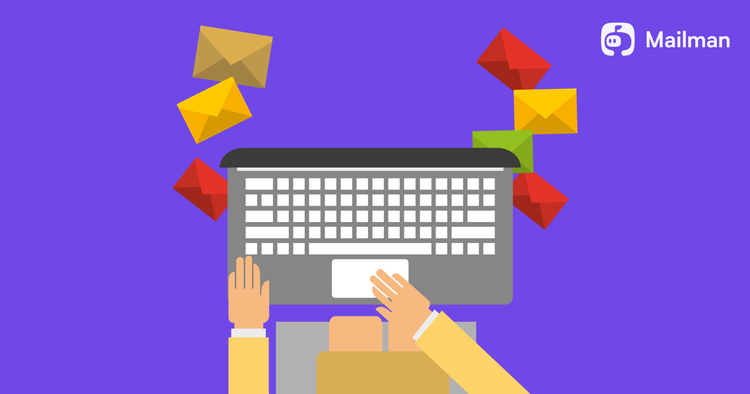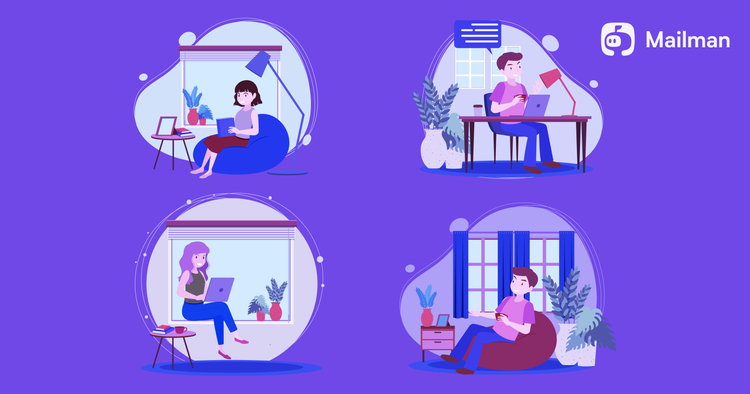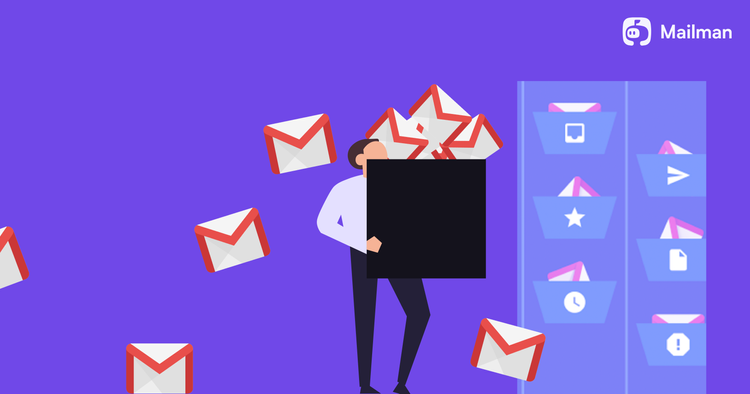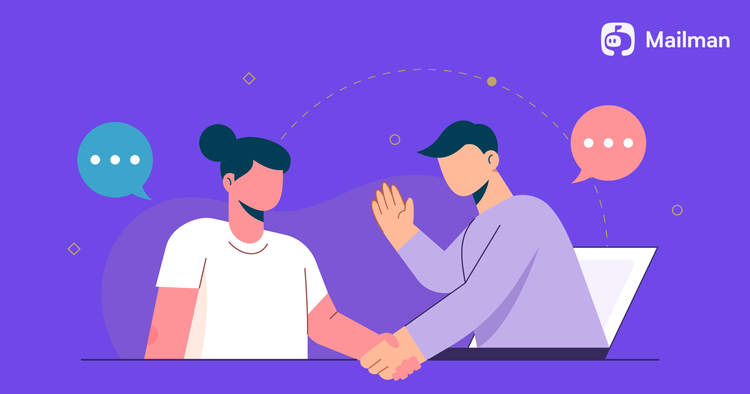6 Productivity hacks to get more work done in less time
This post is written by Mohit Mamoria, Co-founder & CEO of Mailman. A Gmail plugin that spaces out the delivery of your emails, so you only get emails at designated times. This helps you spend less time in your inbox, and more time doing quality deep work. You can sign up for a free trial at mailmanhq.com
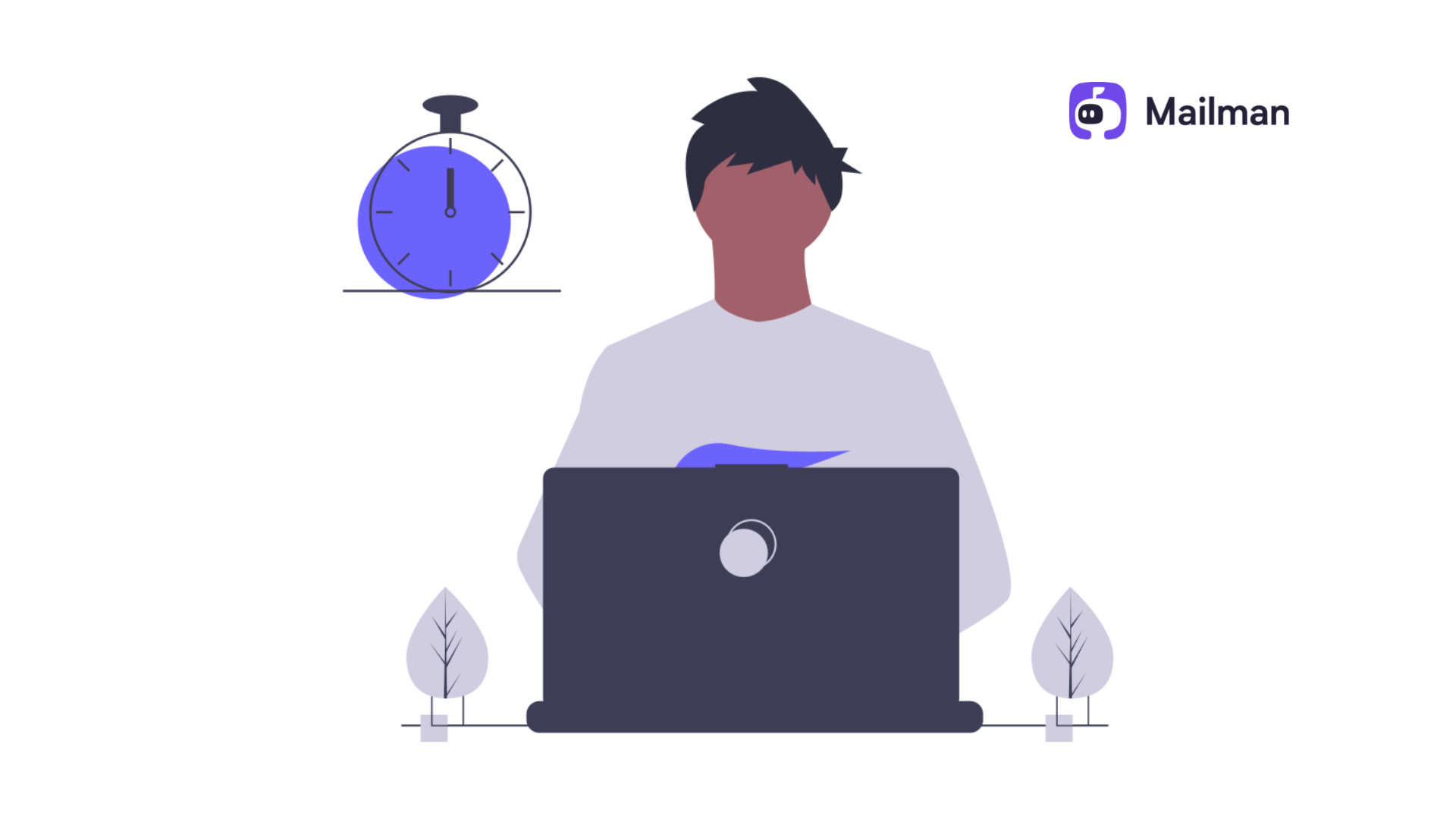
Most of us wake up and check our phones within the first 30 minutes. It sets a reactive chain. You see a tweet. It directs to a blog. You read the blog, which redirects to a YouTube video. You watch the video. The YouTube algorithm then recommends personalized videos. And, now you’re trapped. 2 hours lost.
It happens every time (It might not start with a tweet, but you get the point).
We all want to get more things done in less time. This will make us happy and efficient. But, constant distractions steal away our focus. We end the day the same as we started - doing nothing valuable.
Is there a way out? There is. In this blog, we’ll go through 6 easy-to-implement productivity hacks. That will help us get more things done in less time.
6 hacks to get more things done in less time
1. Work on something that interests you
The biggest risk to getting things done is working on things you dislike. It doesn’t matter what productivity hacks and tools you use. If the work doesn’t interest you, you’ll procrastinate and find reasons to escape from it.
What happens when working on an uninteresting thing is you lose the momentum. You feel burnout. This drags on to things you like to work on. You then don't even have the energy to do what you like to.
Picking the right thing to work on is the single best hack you can apply. Observe yourself. See what motivates you. Embrace it. Don't fight your nature.
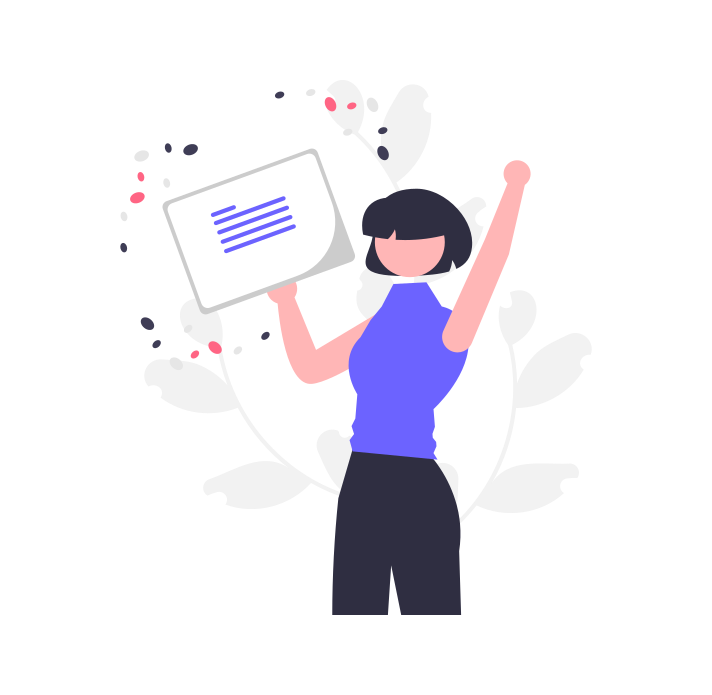
When you like the work, you're drawn into it. You don't need any reminders.
When you feel unproductive, it doesn't mean you're lazy. It's often a signal you don't like the work you're doing. So, cut down on it.
But, I get you. There are certain tasks you have to do. Even if you don't have much interest in it. Automate it or delegate it.
Minimize dealing with work you dislike. Focus on what you love to do.
2. Structured procrastination
This is a genius trick. There are times, even when you like doing your current work, procrastination sets in. Use it to your advantage.
Do structured procrastination. John Perry, a Stanford professor, recommended it in this essay. Even Marc Andreessen advocates it. I'll tell you the core of it.
In a day, there are 3-4 important tasks. But, "there are also worthwhile tasks" you've to perform. So, when you're procrastinating doing the important task, do the other little things you want to do. This way, you'll get things done even if you're procrastinating.
Just make sure after a while, say 20-30 minutes, you're back doing the important task.
For example, say, you're procrastinating writing a code. In that time, send that email, or discuss the current project with your team.
Remember: Procrastination is not doing anything. It's avoiding what you're currently doing. Do other meaningful tasks tangential to your work during that time. Prepare a list of these meaningful tasks in advance. Do it as soon as procrastination sets in.
3. Calendar, instead of to-do lists
Everything you do takes time. Whether it's writing, watching videos, doing small talks, or doing nothing. Devi Parikh, research director at Facebook, recommends (Read the blog. It’s awesome) using a calendar. Because it lets you visualize your time. It makes your time central. To-do lists don't.
Here's how to use a calendar to your benefit:
a) Record everything on your calendar. Everything you need to do - tasks, meeting, sleep, even reminding someone to do something - should be on your calendar. This way, you won't forget anything.
When you complete a task, move it to the "Done" folder. Every night, check this folder to look at what you did today. This will motivate you for the next day. It’ll also give insights into your working patterns, which you can improve.
b) Many times, we underestimate/overestimate how long a task would take. Do this, instead:
When putting tasks on your calendar, think of how long a task would take. Then, measure how long it actually took to get it done. Average the time. For example, let's say you thought a task would take 1 hour. But, it took 2 hrs. The average comes to 1.5 hr (2+1/2).
This activity makes your estimates accurate. You only have 24 hrs. In that time, apart from the work, you also have to sleep, eat, and rest. If a task doesn't fit in the 24 hr, you can reschedule it. You won't overwhelm yourself with plenty of tasks on your calendar. You'll only put tasks on it when you're confirmed you'll get it done tomorrow.
c) Free 1-2 hr of your calendar for unexpected events. Like small talks for 15 mins, or attending an unexpected meeting. If you're not a morning person, mention on the calendar "Not a morning person." Don't put tasks there.
d) There would be days when you won't be able to complete the tasks for that day. Move them to an available time slot - tomorrow, later in the week, or next week. Re-plan certain parts of the calendar.
e) Break down large tasks. A 5-day project won't fit in your calendar. Break it down into calendar-sized tasks. Estimate the time of each task it would take. Like discussing the project with teammates, researching it, and doing the actual work. Give each task its time slot on the calendar.
f) Backtrack your schedule. If there's a project you've to start in 30 days, mark the entire week before the commencing date as "Busy." You'll then not put any other task during that period.
g) Check your calendar before going to bed. This will help you set the mindset for what you need to do the next day. You can even see every Sunday the tasks' timeline for the next week. Make any changes if you want to.
Here's a calendar example:
4. Energy management
Don't judge your work by time invested. Think of it in terms of energy spent. You can work for 4 hrs, and still achieve nothing. But, when you work at high energy levels, you'll achieve the goal in less time.
You'll get more work done by working intensely in a short period than working for hours, tired and distracted. Conserve your energy for your important tasks. Work when you're most energized.
Here are some ideas to manage your energy:
a) Pay attention to your chronotype. It refers to the time of day when your energy is at peak levels. Some people feel energetic in the mornings. Some during the night. For many, it's somewhere in the middle of the day.
The goal is to identify when you feel the most energized. Block that time. Do your most important tasks during that time. You'll feel fresh, creative, and do deep work. Do the other small tasks during the rest of the time.
Pro Tip: Plan one day before. List down the work that demands focused attention and brainpower. Schedule these tasks with your energy peaks.
b) Take rest: In his book, Rest, Alex Pang proves why working for too long is inefficient. He advises taking "deliberate rest" to achieve more. Here's what he recommends:
i) Work hard for 4 hrs rather than being distracted for 8 hrs.
ii) Leave the problem in the middle to find a creative solution. Give your brain rest. Even if you stop working, your brain can still process the task. It subconsciously runs the problem, examines it, and comes with good ideas. So, next time, don't feel guilty for leaving your task undone.
iii) Rest doesn't mean sitting idle. You can do fun activities too during that time. John D. Rockefeller took short breaks from his busy schedule for gardening.
Winston Churchill did oil painting. It was his way to rest and escape from the dark time of WW2. Do things that calm your mind. It can be meditating, walking for a few minutes, or just sitting alone. The goal is to enjoy yourself and take short breaks.
c) Write everything down
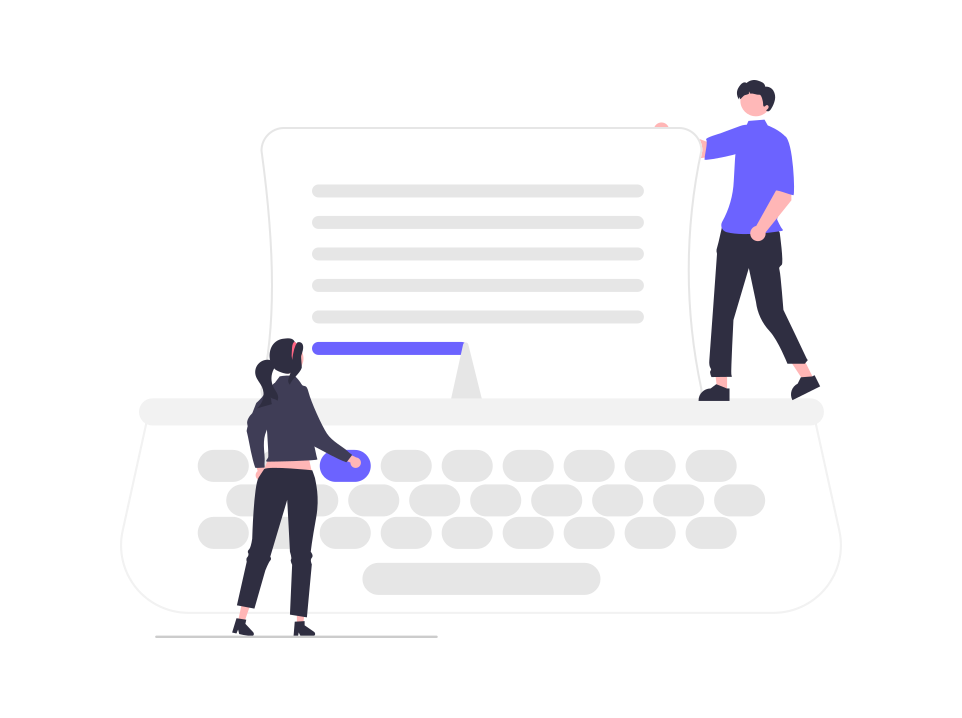
Don't try to remember anything. Write everything that comes to your mind. It frees your mental load. Take notes of everything - ideas, meeting discussion, things you've to do, and more. Spend 100% energy on your work, not on remembering things.
d) Learn to say no. Choose what you want to spend your energy on by saying no to everything else. We say half-hearted yes to work to help someone.
But, when the opportunity comes to do interesting work, we're stuck doing others' work. Derek Sivers advises saying no to everything else if it isn't a "Hell yeah!" Explain the value trade-offs, why you're saying no, and be confident when saying no to someone.
Keep this in mind: If it isn't a "Hell yeah!" it's a No. This will free your mind. You'll give 100% attention to the work you want to do, not what you're forced to do.
Productivity requires both work and rest. Work. Rest. Start again.
e) Follow the Eisenhower decision matrix to decide which tasks deserve your peak energy levels. Here’s how.
Learn what tasks are urgent and important. Differentiate between them. Urgent tasks demand immediate attention. Important tasks help you promote your career and life goals.
Remember: A task can be both urgent and important.
Divide your tasks into 4 columns:
a) Important and urgent: These are tasks you've to do now. Finish it before any distractions come in.
b) Important and not urgent: You have to do these tasks, but it doesn't need an immediate response. Schedule these tasks for later.
c) Urgent and not important: These are tasks that drain your energy, but you've to do it. Delegate these tasks.
d) Not urgent and not important: These are tasks that won't contribute anything (either personal or professional wise). Like mindless social media scrolling or sorting through junk emails. You're better off deleting these tasks.
f) Design your work environment. The workspace, to a large extent, decides your work energy. Fill it with positive cues. Cut all the distractions from your work environment. Most of us are working from home. So, we do have control of our work environment.
Some helpful tips:
i) Work under natural light.
ii) Fix a place away from your bed to do the work. It shouldn't have a bed or a couch to lie on. Work on your table.
iii) Avoid your mobile phones, noisy environment, or snacks. Only have the bare minimum things you need to do the work. Remove the rest that will distract you.
iv) Put on clothes different from your regular home attire. This signals 'work mode' to your body.
5. Leverage artificial deadlines
Parkinson's Law says that work expands to fill the time available for its completion. So, if you give yourself a whole day to write an article, you'll convince yourself you need 24 hrs to write it. But, if you give yourself 3 hrs to write the article, you'll find ways to complete it.
Elon Musk is a strong supporter of Parkinson’s law. He says, “If you give yourself 30 days to clean your home, it will take you 30 days. But if you give yourself 3 hours, it will take 3 hours. The same applies to your goals, ambitions, and potential.”
Give yourself small deadlines. Encourage yourself to complete the work during that time. You’ll be surprised at the amount of work done in less time.
6. Use technology
a) Emails are important. But, constant notifications don’t let us do deep work. Use Mailman. You can preset a Do Not Disturb mode on it. Choose the time you don't want to receive emails. Receive them at a set time. You also have an option to receive important emails as and when they come.
b) Use freedom to block distracting websites and apps. You can block them across all your devices with one click. Unblock them when your work is done.
c) HazeOver lets you focus on the current task. Give attention to what's important in the present moment and get the work done. It highlights the one window you're working on. The rest (countless other tabs) fades away in the background.
Now, you know how to get more things done in less time
Productivity isn't the end goal. It's the means to the end goal of getting more things done in less time. It starts with having the right set of frameworks to apply. So, don't risk your time - use the above hacks to get started.
If you like this post, you'll love the ebook I wrote containing 25 productivity tricks used by top professionals to "get more done". You can download it for free!
